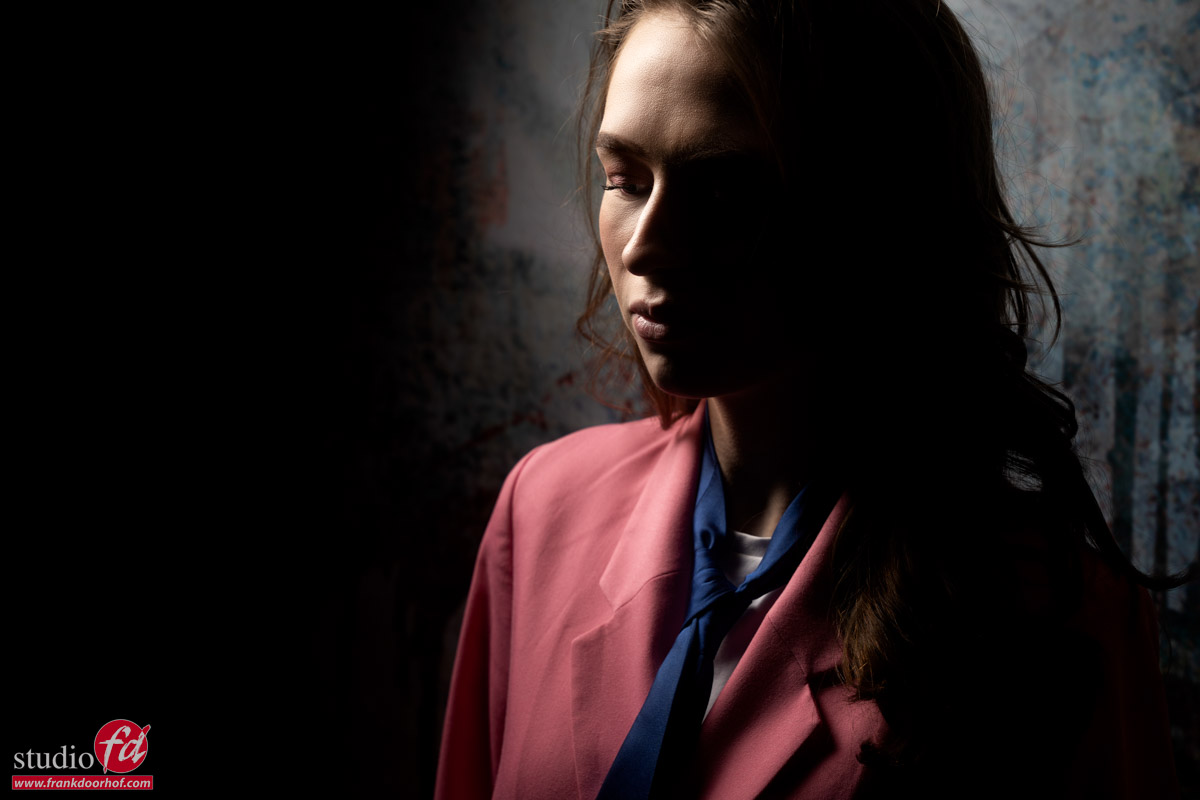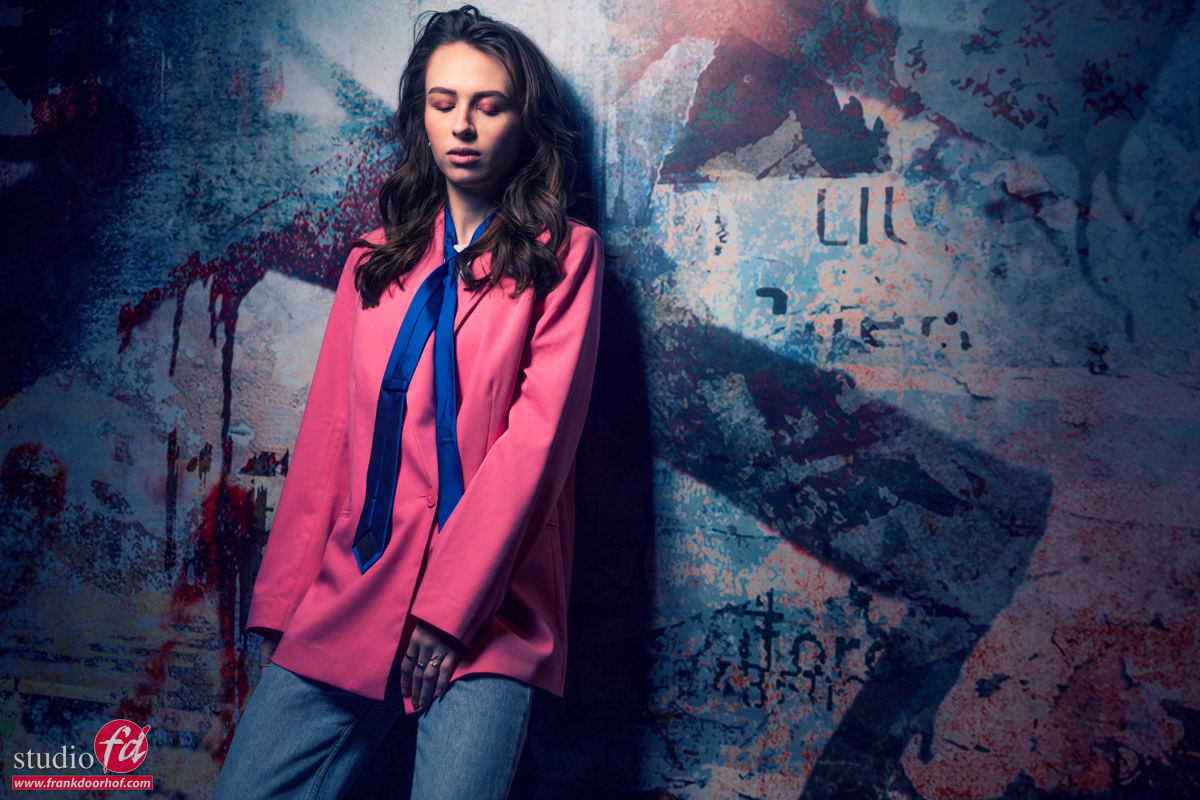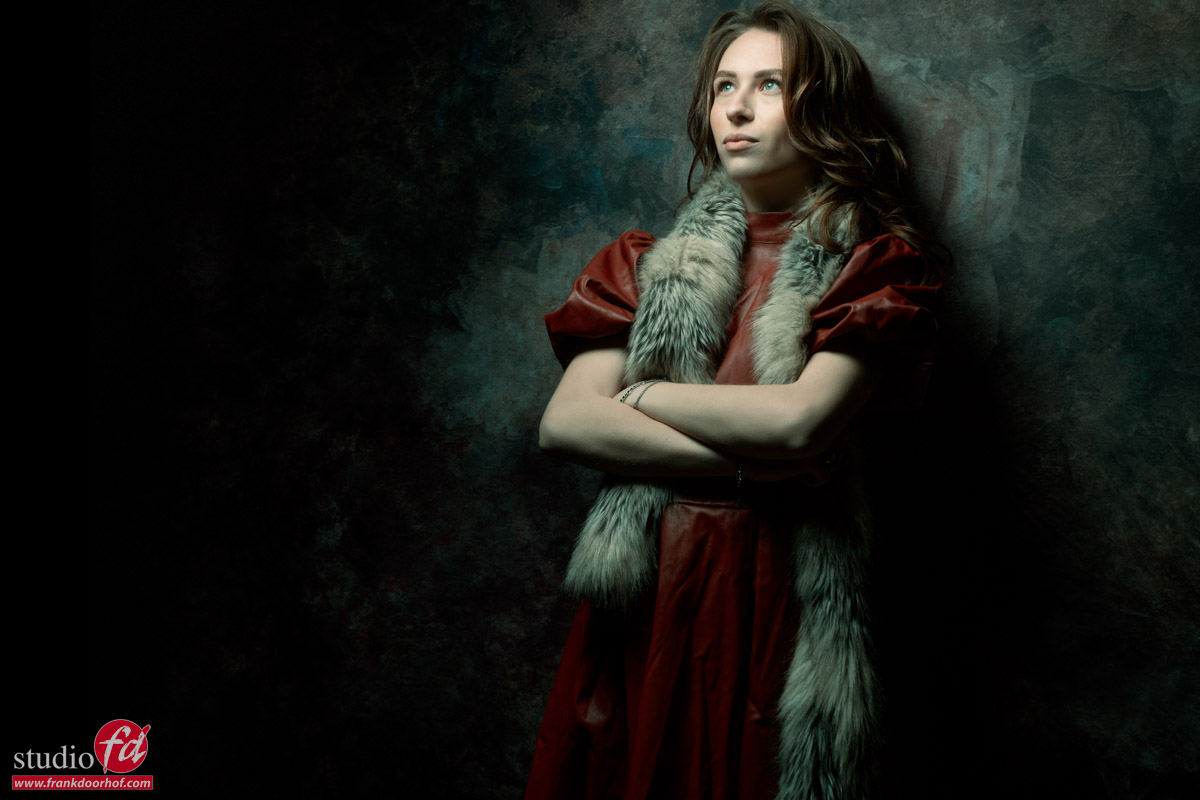A new model and this is the first shoot
We are always looking for new models
And believe it or not… it’s getting harder and harder.
But today I can introduce Ysanne, a new model. She will be helping us out with workshops and live streams.
So you will see much more soon, but today the results from her test shoot.
I take a few images in the test shoot, and mostly just talk with the model about the workshops, how we work, etc.
So mostly the test shoots are some standard setups, but a great way to introduce a new model.
So here are the results from Ysanne’s test shoot.
See fotografie-workshops.nl for the workshops.
In my workshops, we don’t focus on just getting photos from a model, but I try to give an in-depth look at the lighting setups, the styling, the angles (and why), storytelling and so much more. And this often means much better images and a proper understanding of light/posing etc. than in a so-called “shooting zoo”.
Most workshops are in Dutch, but if you let us know a few weeks in advance we can always change the workshops to English.
Or book a 1:1 online workshop of course.






You must be logged in to post a comment.